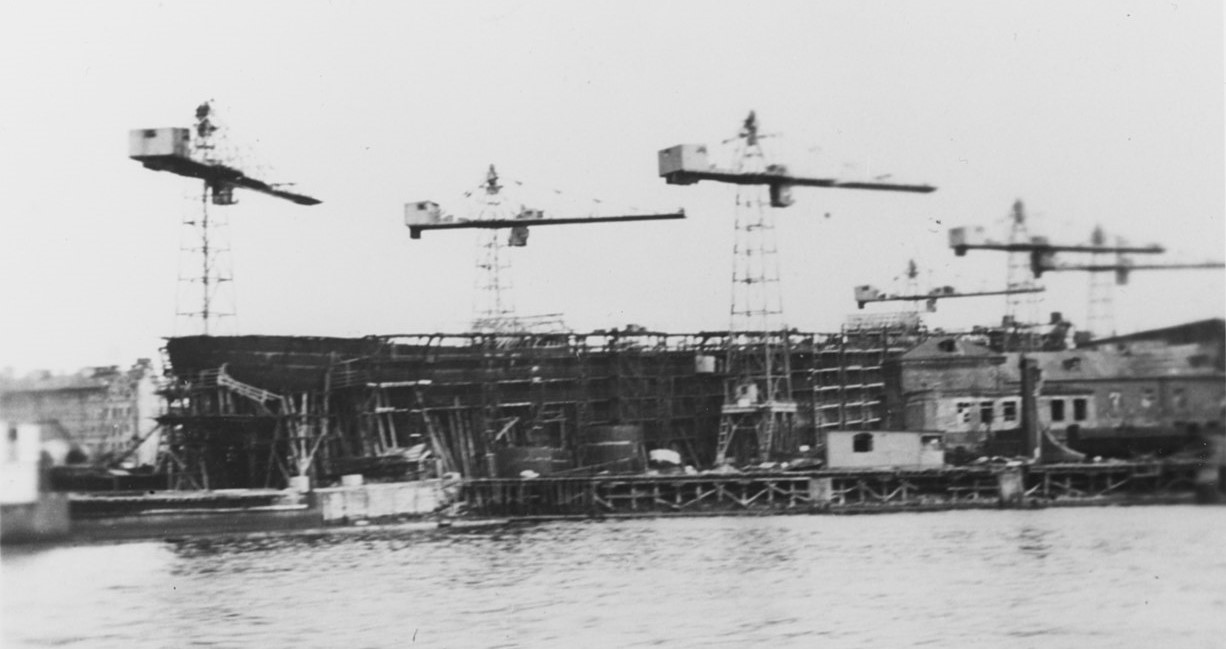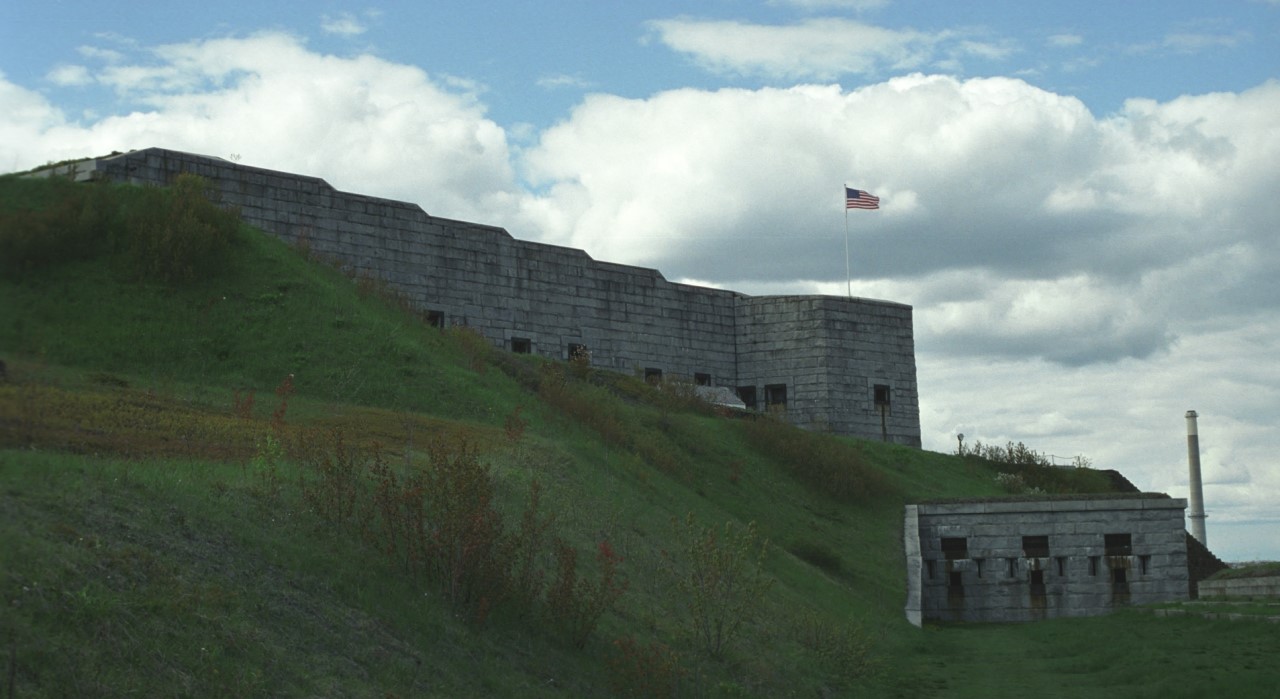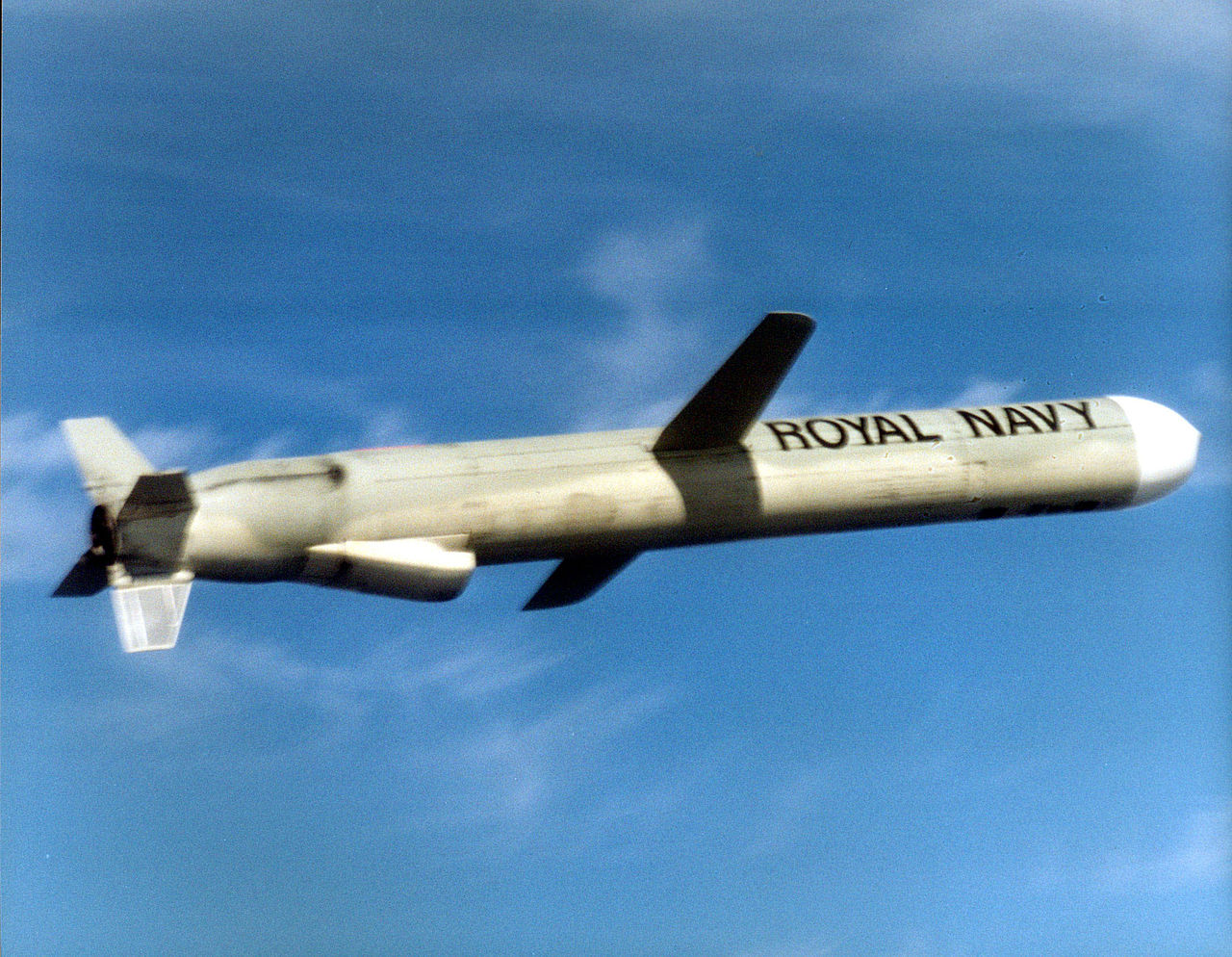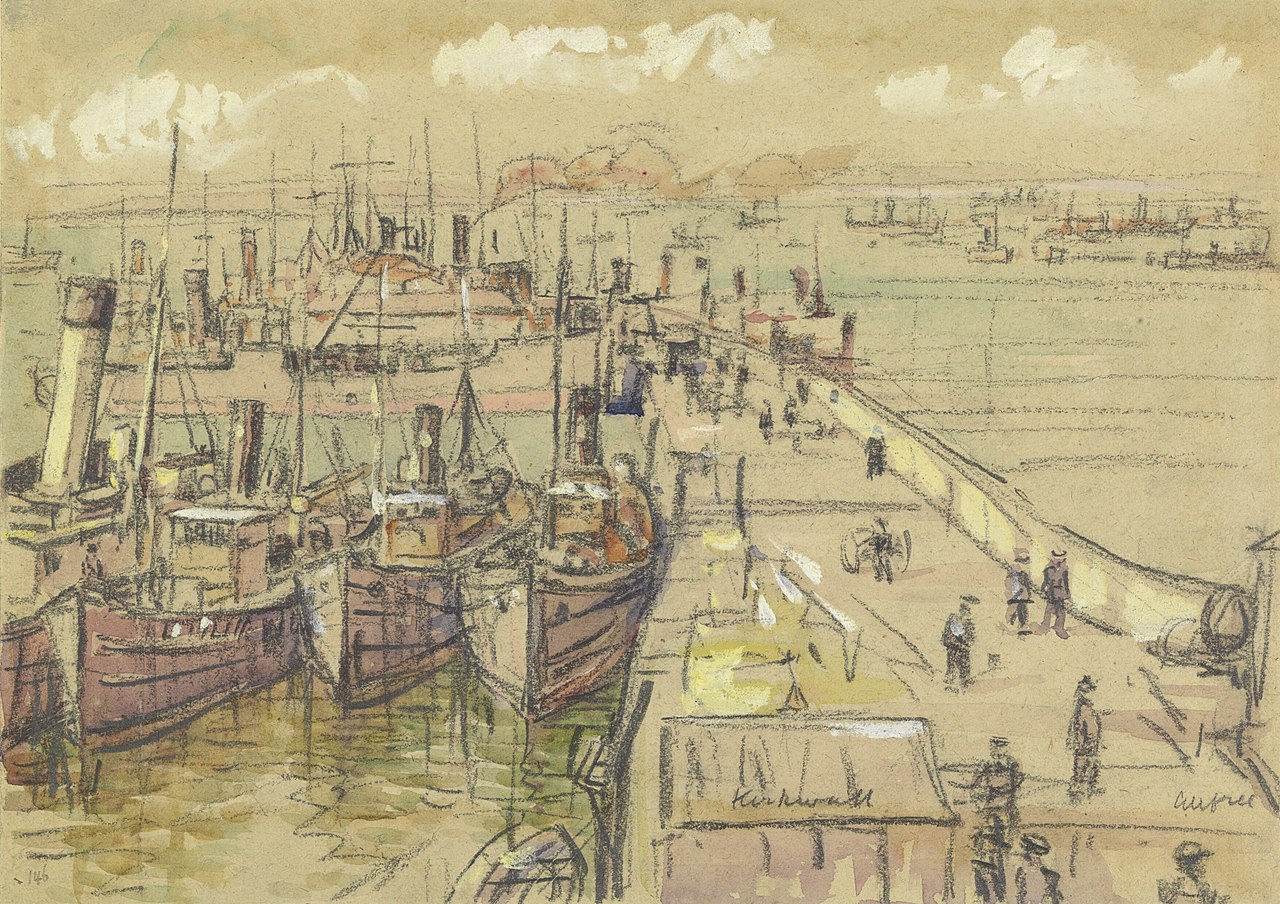A fair bit of this has been superseded by the changes made in 2.2, which I've written up here and here. If you're new, read this first, then look at those for the current version. Quite a bit has changed here, and I'm not going to do a full rewrite.
Welcome back to my Aurora Tutorial. We're currently discussing combat, specifically warship design. Last time, I covered missile defense with beam weapons, but now it's time to shift to the system I usually base my defenses around: anti-missile missiles (AMMs). AMMs have benefits and drawbacks relative to beam defenses. On one hand, I've generally found them to perform better than beams and to be more effective, particularly in the face of a massed attack. They're also much easier to upgrade, as you can just swap in a new missile with improved performance. On the other hand, AMMs can get expensive, and the ships firing them have limited ammo capacity. If they run through their magazines before the enemy does, you're dead.
So what is an AMM? Like beam defense, AMM defense is a numbers game. You need the smallest feasible missile, fired at the highest possible rate, so the obvious result is a size-1 missile with a strength 1 warhead, optimized for the highest hit probability possible and with sufficient range to match the sensor/fire control combination you have planned. As such, you should probably design the electronics first. Missile fire controls are built in the same tab as active sensors, and have the same range characteristics. On average, a typical MFC has about the same range as a search sensor 3 times its size. I usually try for a size 3-4 sensor, and an MFC that either matches it in range or is a little bit better. I do this because I expect later missile defense ships to have better sensors, and a slightly oversized MFC lets the older ship take advantage of the extra range. So going back to the AMMs, a missile's hit probability is equal to (missile speed*maneuverability*0.1)/target speed. Maneuverability is based on how much space you've put into agility so you need to find a balance between spending space on the engine and spending it on agility.
Read more...





Recent Comments